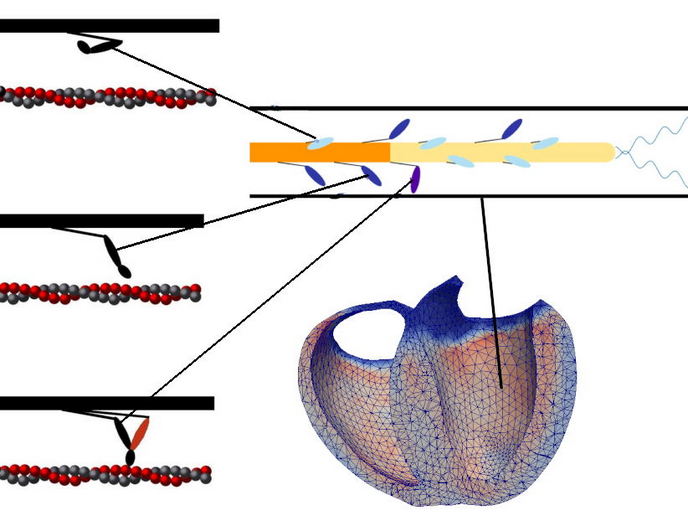Philosophical questions drive new drug evaluation standards
Pharmacovigilance(opens in new window), the practice of assessing and monitoring adverse drug effects, is a complex, collective endeavour. “All sorts of experts are involved,” explains Adriano Tagliabracci, professor of legal medicine and director of the department of biomedical sciences and public health at Marche Polytechnic University(opens in new window) in Italy, which hosted the PhilPharm(opens in new window) project. “Not only medical staff, but also mathematicians, statisticians, bioethicists and legal experts.” The precautionary principle(opens in new window), for example, can be seen as being legally and politically driven. This concept has revolutionised safety regulations, by lowering the probability threshold that a given drug might cause harm. “This can lead to avoidable misunderstandings as to the true criteria that should guide evidence evaluation in the context of risk,” says PhilPharm principal investigator Barbara Osimani, professor of logic and philosophy of science at Marche Polytechnic University. “Safety assessments should be grounded in dedicated methodological criteria. Clearer and specifically tailored evidence standards are needed, to increase trust in scientific authorities.”
Philosophy of pharmaceutical safety
The PhilPharm project sought to address this thorny issue of collecting, analysing and evaluating evidence on pharmaceutical safety, and to develop a theoretical framework for new drug evaluation standards. “We began by addressing the debate on statistical and evidential standards in medicine,” adds Tagliabracci. “We wanted to introduce concerns from various sides of the debate. To do this, we collaborated with various drug agencies, in order to integrate experts’ insights.” The interviewees see the direct involvement and willingness of many drug agencies to participate as key to the project’s success. The project was presented at the European Medicines Agency along with the drug agencies of Austria, France, Germany and Italy. Regular working meetings are taking place with some of the officers and some collaborative papers are already in the pipeline. As a result of this collaboration, a theoretical framework, called ‘E-Synthesis’, was developed. This allows researchers to assess causal hypotheses of drug-induced harm probabilistically. The tool breaks down the various dimensions of evidence – its strength, relevance and reliability – that go into decision-making. It then tracks each of these dimensions, making it possible to infer how much each contributes to making an evaluation. PhilPharm also addressed the debate around causal inference, the process of drawing a conclusion based on looking at conditions that have changed. The project developed a new theoretical approach that allows evaluators to reconcile many intuitions underpinning conflicting views in this debate. “Our approach allows one to take into account all evidence, and to act accordingly, for example, withdrawing or not withdrawing the drug,” explains Osimani. “This allows pharmacovigilance decisions to comply with the precautionary principle.”
Comprehensive approach to evidence
The research team is continuing to raise awareness among drug agencies and regulators of the project’s ground-breaking work. “We are now planning to submit a proof of concept for the development of a software solution, based on our theoretical framework,” says Tagliabracci. “This will also be in cooperation with the agencies.” Ultimately, they hope that the project’s output will help regulators and health professionals to take a more comprehensive approach to evidence. This includes considering different ways to justify causal inference and taking different dimensions of evidence into account. “On the theoretical side, I hope that my philosophy colleagues may appreciate, even more clearly, how deeply our discipline can impact scientific practice, its critical understanding and its advancement,” Osimani adds.







